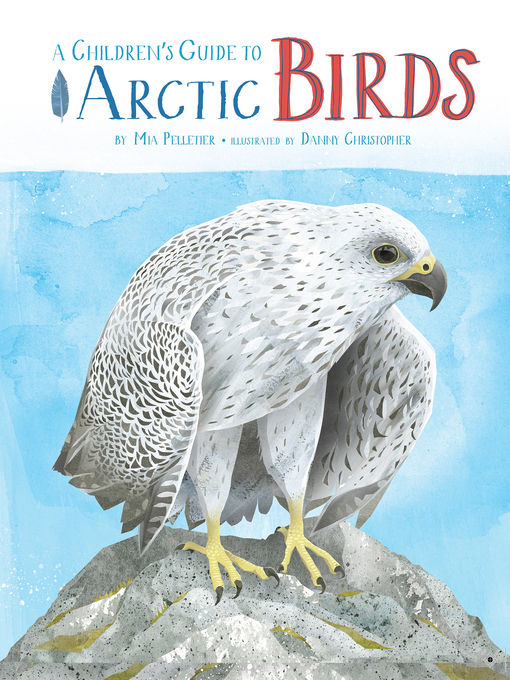A children's introduction to the avians of the Arctic
With a simple layout and easy-to-follow format, this beautiful book introduces young readers to a dozen birds that call the Arctic home. From the Long-tailed Duck and the Red-throated Loon to the Snowy Owl and the Rock Ptarmigan, this picture book features migratory birds as well as those that live in the Arctic year-round and is filled with fun, useful facts, including where to look for eggs and nests during the short Arctic summer and how to recognize each bird's call. Northern-specific elements, such as Inuktitut names for various birds and migratory patterns told from an Arctic perspective, are also included.


